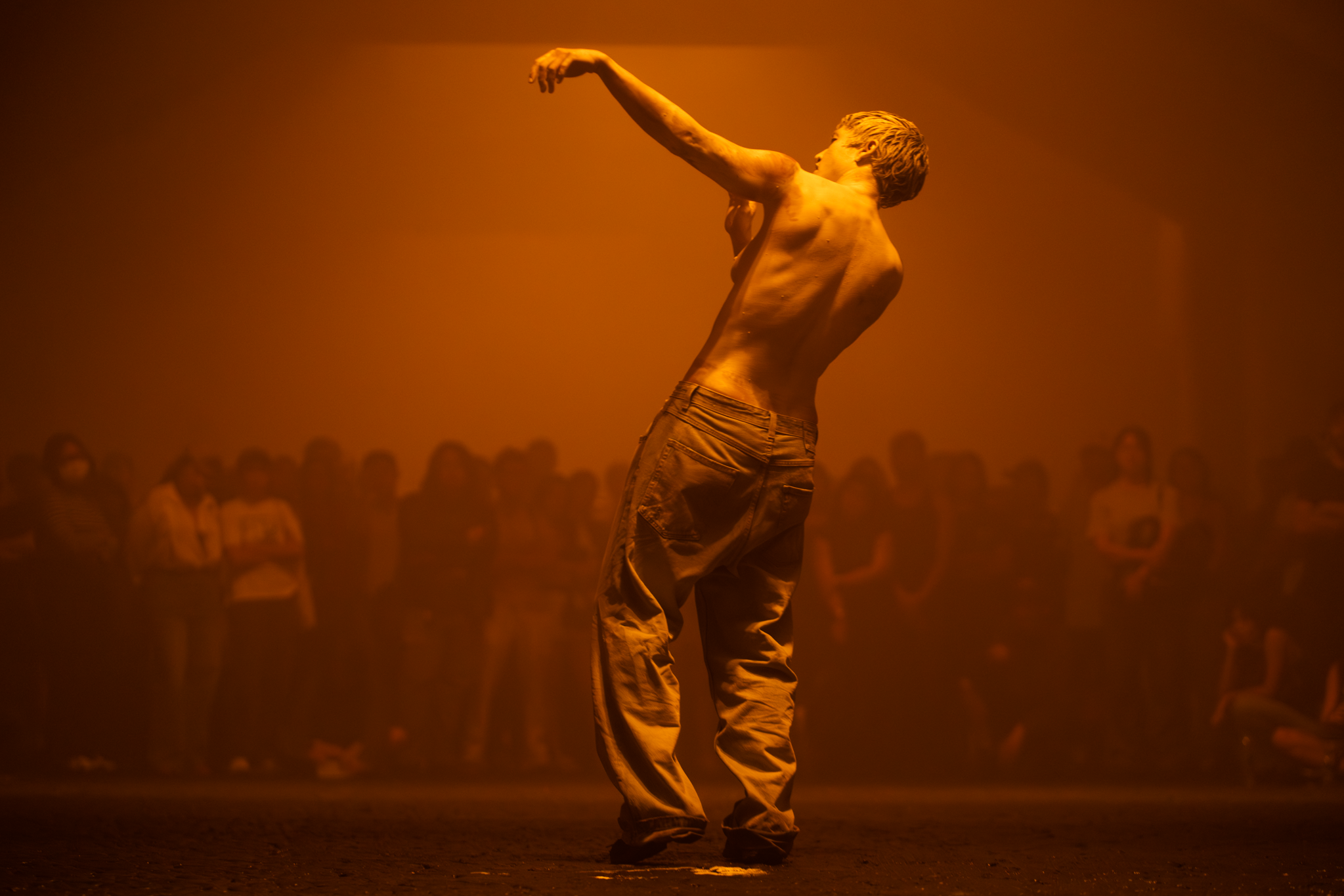Hybrid Archipelago is a series of interviews by Camilla Boemio, reflecting a dialogue between language and artistic practices. A balance between cultural heritage and innovation, inspired by poetic and political methods.
Contributor, Rome
Camilla is an internationally published author, curator, and member of the AICA (International Arts Critics) based in Rome. In 2013, Boemio was the co-associate curator of PORTABLE NATION: Disappearance as Work in Progress – Approaches to Ecological Romanticism, the Maldives Pavilion at the 55th International Art Exhibition La Biennale di Venezia. In 2016, Boemio curated Diminished Capacity, the First Nigerian Pavilion at the Venice Architecture Biennale. Her recent curatorial projects include her role as co-associate curator at Pera + Flora + Fauna. The Story of Indigenousness and The Ownership of History, an official collateral event at the 59th International Art Exhibition La Biennale di Venezia, 2022. Invitations to speak include the Tate Liverpool, MUSE Science Museum, and the Cambridge Festival 2021 at Crassh, in the UK.









